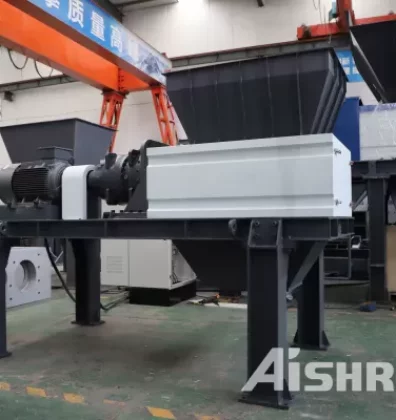Recovering hazardous metals from waste is a critical step in mitigating environmental and health risks while reclaiming valuable resources. Several technologies are commonly employed for this purpose, including high-temperature metals recovery, retorting, secondary smelting, ion exchange, and acid leaching. These methods address specific types of hazardous metals, ensuring efficient separation and recovery.
High-Temperature Metals Recovery
HTMR is designed to extract hazardous metals like cadmium, chromium, lead, nickel, and zinc from waste materials. This thermochemical process involves heating waste at high temperatures using chemical agents such as carbon, limestone, and silica. The metals volatilize or melt, allowing them to be recovered in metallic or oxide forms.
The process includes multiple stages: mixing, high-temperature treatment, product collection, and residual management. However, separating volatile metals like arsenic or antimony can be challenging and may affect the quality of recovered materials. Slag generated during the process is often reused after cooling or further treatment but may require disposal if it lacks recyclable value.
Retorting
Retorting is specialized for recovering mercury, a highly toxic metal. This method involves heating waste to volatilize mercury in elemental or compound forms (oxide, hydroxide, or sulfide). The mercury is then condensed and collected for reuse. This targeted process ensures effective handling of mercury-laden hazardous wastes.
Secondary Smelting
Secondary smelting focuses on recovering lead from hazardous waste. The waste material is processed in a smelting furnace, where lead is separated in molten form and concentrated into bullion. The slag byproduct is removed and managed separately. This process is critical for industries dealing with lead-heavy waste streams.
Ion Exchange
Ion exchange is used to treat liquid hazardous waste containing dissolved metals and nonmetallic anions like halides, sulfates, or nitrates. In this process, hazardous metal ions are replaced with nonhazardous ions, effectively removing contaminants. This method is especially useful for handling aqueous waste streams with diverse chemical compositions.
Acid Leaching
Acid leaching is suitable for solid or slurry hazardous wastes containing high concentrations of soluble or convertible metal constituents. Strong acids dissolve the metals into a liquid form, allowing them to be extracted. The resulting leachate typically requires further processing, such as ion exchange, to recover the dissolved metals. This approach is particularly effective when the metal content exceeds 1,000 parts per million.


